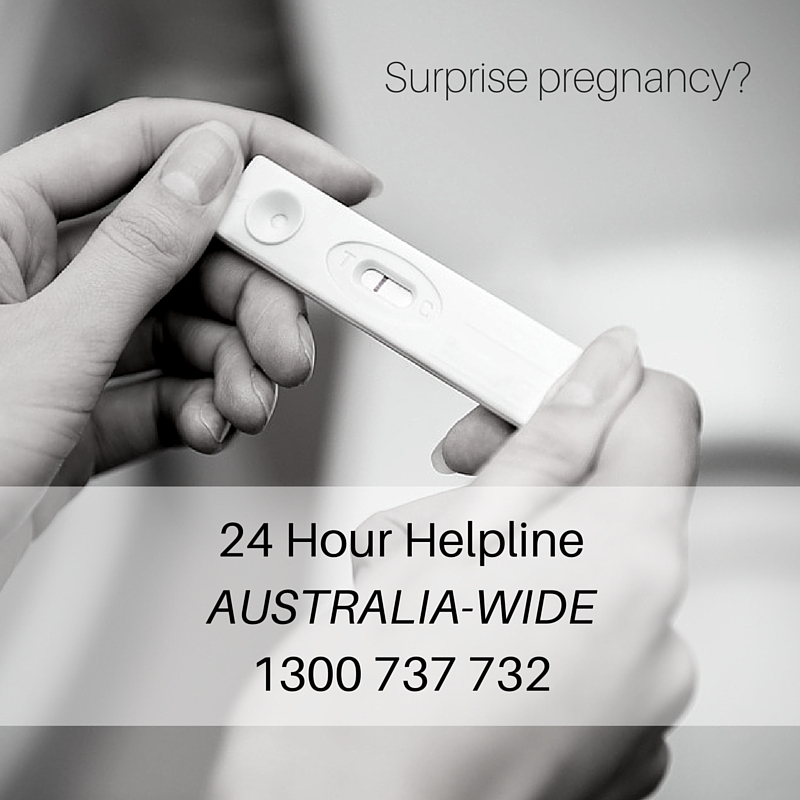Telemed: Australia’s DIY Backyard Abortion.
We woke yesterday to the news that RU486 can now be dispensed by phone in Australia. Known as phone-abortions, or telemed abortions, this new ‘service’ is reckless and irresponsible. It will compromise the physical and psychological health of women, increase the number of abortions and is not provided with information about the potential for reversal. This is the return of the backyard abortion, that mythological phenomenon for which there is little evidence but which remains a useful emotional tool in the arsenal of the pro-choice movement. (See this article about backyard abortion.)
RU486 is a dangerous drug that has already killed one Australian woman and others around the world. It works by starving the new foetus and expelling it from its mother’s body. I found this description of the abortion pills’ action on the Indian website, Pills Online. It gives a startlingly accurate depiction of the reality of medical abortion.
… oxygen and food no longer go to the child. 600 milligrams of any abortion pills in early pregnancy leave the child in the womb slowly starve [sic] and die of thirst, a death that can last for two days. The uterine lining dissolves and is repelled.
This is a disaster for women who already think abortion is a default solution for their unplanned pregnancies, but, even worse, will lure many more women into making a disastrous knee-jerk reaction in their time of crisis.
The Telemed Process
A pregnant women (under 63 days since LMP) phones a toll-free number to be referred locally for ultrasound and blood tests which are then sent to the referring doctor. In NSW, she will also have phone-‘counselling’ to assess her psychological state. If approved, the woman will pay $250 to receive her DIY abortion-kit in the post. Included in the package are the medications mifepristone and misoprostol (commonly known as RU486), prophylactic antibiotics, painkillers and anti-nausea drugs. Follow-up is minimal; it consists of a phone-call by a nurse the next day, and a 24-hour helpline.
Safety Issues
RU486 abortions are not safe at the best of times (obviously, there is no BEST case scenario in which to abort a baby), but telemed abortions are particularly dangerous. According to this study of over 50,000 abortion patients, a Stanford university team found that telemed abortions have four times the risk of follow-up or emergency-room visits compared to those following surgical abortions.
Former Australian Medical Association president, Andrew Pesce says medical abortions are unsuccessful in 10-20% of cases and will require a follow-up surgical abortion. With a telemed abortion, there is no mandatory followup by a committed doctor who knows the woman’s personal history.
Psychological Issues
Lois Dean, coordinator of Pregnancy Counselling Australia, tells the story of a woman who delivered her unborn child at home after taking the abortion pill. The young mother had been told that her pregnancy was only a ‘clump of cells.’ But when she caught her dead child in her own hands, she came face to face with the tiny fully-formed body, and confessed she would not have had an abortion if she’d been aware of the truth.
Now, transpose the above experience into a telemed scenario: To whom does a mother turn to make sense of an experience like this? There is no personal relationship with a doctor or staff and her husband or best friend may not even know about her pregnancy.
It’s left to the pro-life movement to pick up the pieces.
Increase in Abortions
An increase in the number of abortions is inevitable, as women in some rural areas will have access to the abortion pill for the first time. This service will also appeal to those who want complete anonymity or secrecy; women who don’t want even their doctor to know about their abortion will no longer need to visit an abortion facility. Fathers and family are more likely to be left out of the decision and there is also the potential for mothers be be slipped the pills without their knowledge, something that has already happened in Norway and in the US.
Lack of Access to Reversal Procedures
Abortion-pill reversals have been successfully completed in the US for some time now, with over 100 babies born after mothers changed their minds and applied the protocol. In Australia, The Real Choices Australia website tells of their frequent requests to assist with RU486 reversal procedures.
Unfortunately, abortion providers fail to disclose to their clients that reversal is possible, preferring to cling to the opinion that babies subjected to the abortion pill will either suffer foetal abnormalities or have no chance of survival at all. (This applies both when RU486 is prescribed face-to-face and over the phone.)
It is a blatant lie, but to be expected from those who call the unborn a clump of cells when it suits them, but a choice selection of human body parts if there’s a profit to be made.
The Bottom Line
RU486 abortions can already be incredibly dangerous and traumatic experiences, but in the case of telemed abortions, this can be compounded by the experience of being alone during the procedure, and also by a woman’s hesitation to discuss the abortion.
The introduction of telemed abortions in Australia sends a bizarre message to society:
Women aren’t equipped to handle an unplanned pregnancy, but they’re fine with self-aborting.
The backyard abortion is back and this time, it has the government’s seal of approval.
To register your disapproval of the introduction of telemed abortions in Australia, please email the Federal Health Minister: The Honourable Sussan Ley. [email protected]


